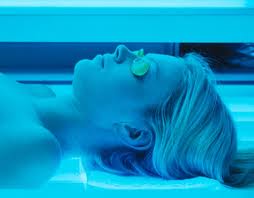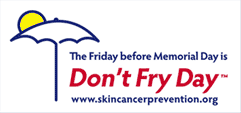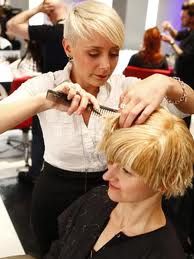 The U.S. Food and Drug Administration today approved Lymphoseek Injection, a radioactive diagnostic imaging agent that helps doctors locate lymph nodes in patients with breast cancer or melanoma who are undergoing surgery to remove tumor-draining lymph nodes.
The U.S. Food and Drug Administration today approved Lymphoseek Injection, a radioactive diagnostic imaging agent that helps doctors locate lymph nodes in patients with breast cancer or melanoma who are undergoing surgery to remove tumor-draining lymph nodes.
Lymph nodes filter lymphatic fluid that flows from the body’s tissues. This fluid may contain cancer cells, especially if the fluid drains a part of the body containing a tumor. By surgically removing and examining the lymph nodes that drain a tumor, doctors can sometimes determine if a cancer has spread.
Lymphoseek is an imaging drug that helps locate lymph nodes; it is not a cancer imaging drug. Lymphoseek is the first new drug used for lymph node mapping to be approved in more than 30 years. Other FDA-approved drugs used for lymph node mapping include sulfur colloid (1974) and isosulfan blue (1981).
“Removal and pathological examination of lymph nodes draining a primary tumor is an important diagnostic evaluation for some patients with breast cancer or melanoma,” said Shaw Chen, M.D., deputy director of the Office of Drug Evaluation IV in the FDA’s Center for Drug Evaluation and Research. “To use Lymphoseek, doctors inject the drug into the tumor area and later, using a handheld radiation detector, find lymph nodes that have taken up Lymphoseek’s radioactivity.”
Lymphoseek’s safety and effectiveness were established in two clinical trials of 332 patients with melanoma or breast cancer. All patients were injected with Lymphoseek and blue dye, another drug used to help locate lymph nodes.
Surgeons subsequently removed suspected lymph nodes for pathologic examination. Confirmed lymph nodes were examined for their content of blue dye and/or Lymphoseek. Results showed Lymphoseek and blue dye had localized most lymph nodes, although a notable number of nodes were localized only by Lymphoseek.
The most common side effects identified in clinical trials was pain or irritation at the injection site.
Lymphoseek is marketed by Navidea Biopharmaceuticals, Inc. based in Dublin, Ohio.
For more information:
FDA Approved Drugs: Questions and Answers
#

 A new study points to indoor tanning as a cause for melanoma, the most serious type of skin cancer, particularly among young sunbed users. Overall, there was a 20% increased risk for melanoma with any indooor tanning, according to Mathieu Boniol, PhD, of the International Prevention Research institute in Lyon, France, and colleagues. The risk nearly doubled when sunbed use began before age 35.
A new study points to indoor tanning as a cause for melanoma, the most serious type of skin cancer, particularly among young sunbed users. Overall, there was a 20% increased risk for melanoma with any indooor tanning, according to Mathieu Boniol, PhD, of the International Prevention Research institute in Lyon, France, and colleagues. The risk nearly doubled when sunbed use began before age 35. The National Council on Skin Cancer Prevention has designated the Friday before Memorial Day as “Don’t Fry Day.” This year it is May 25. The goal? To make sure people stay safe in the sun and protect their skin while enjoying the outdoors—on “Don’t Fry Day” and every day.
The National Council on Skin Cancer Prevention has designated the Friday before Memorial Day as “Don’t Fry Day.” This year it is May 25. The goal? To make sure people stay safe in the sun and protect their skin while enjoying the outdoors—on “Don’t Fry Day” and every day. Next time you get a haircut, you might end up with a referral to a dermatologist.
Next time you get a haircut, you might end up with a referral to a dermatologist.